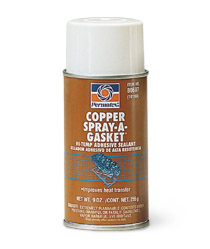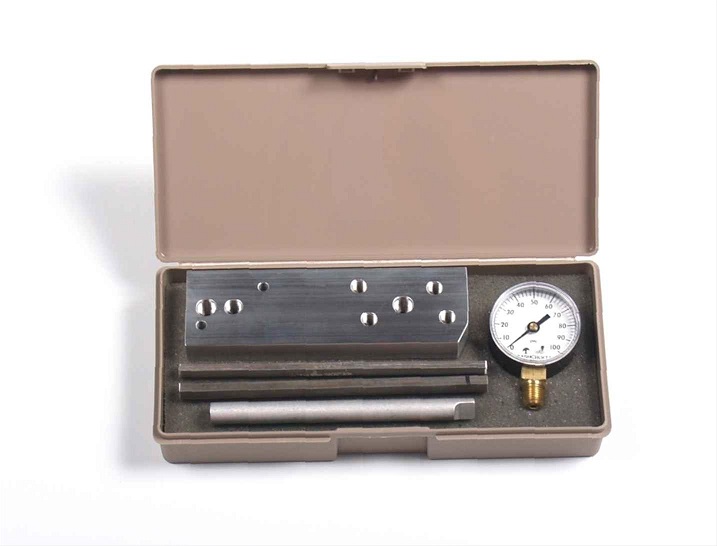as long as the inner edge of the head gasket is flush with or recessed slightly from the bore wall surface your fine, I generally try to have it slightly recessed but the distance won,t be critical as long as its not protruding out past the bore wall surface, on my 383 the gasket bore is just a bit over 4.063" and the bores average about 4.032"-4.034" my forged pistons have about .004 side clearance, and while not ideal it run fine for years and shows very low wear
related threads
viewtopic.php?f=53&t=726&p=8809&hilit=head+gasket+clearance#p8809
viewtopic.php?f=50&t=2681&p=6950#p6950
viewtopic.php?f=52&t=1074&p=2070&hilit=head+gasket+clearance#p2070
viewtopic.php?f=53&t=5487&p=16482&hilit=head+gasket+clearance#p16482
viewtopic.php?f=50&t=111&p=11103&hilit=head+gasket+clearance#p11103
viewtopic.php?f=50&t=1277&p=2737&hilit=copper+coat#p2737
viewtopic.php?f=50&t=501&p=9050&hilit=head+gasket+clearance#p9050
related threads
viewtopic.php?f=53&t=726&p=8809&hilit=head+gasket+clearance#p8809
viewtopic.php?f=50&t=2681&p=6950#p6950
viewtopic.php?f=52&t=1074&p=2070&hilit=head+gasket+clearance#p2070
viewtopic.php?f=53&t=5487&p=16482&hilit=head+gasket+clearance#p16482
viewtopic.php?f=50&t=111&p=11103&hilit=head+gasket+clearance#p11103
viewtopic.php?f=50&t=1277&p=2737&hilit=copper+coat#p2737
viewtopic.php?f=50&t=501&p=9050&hilit=head+gasket+clearance#p9050







